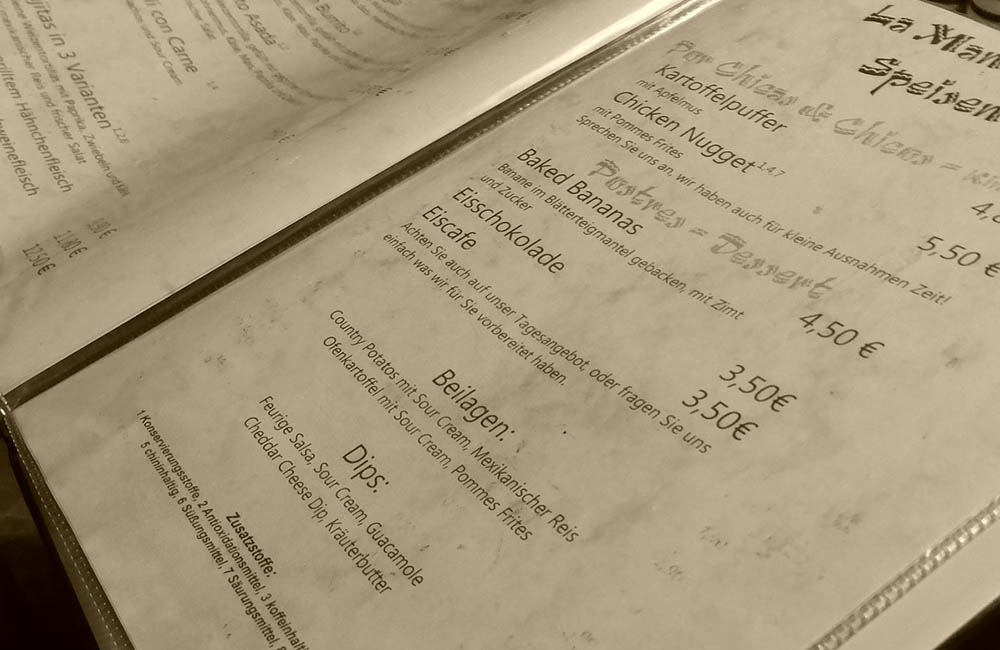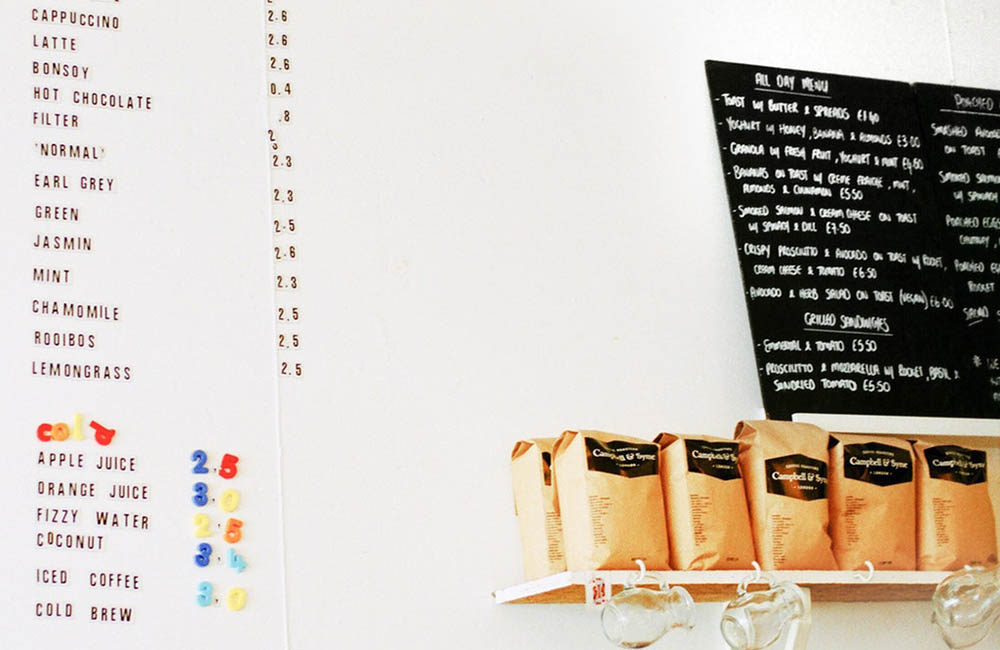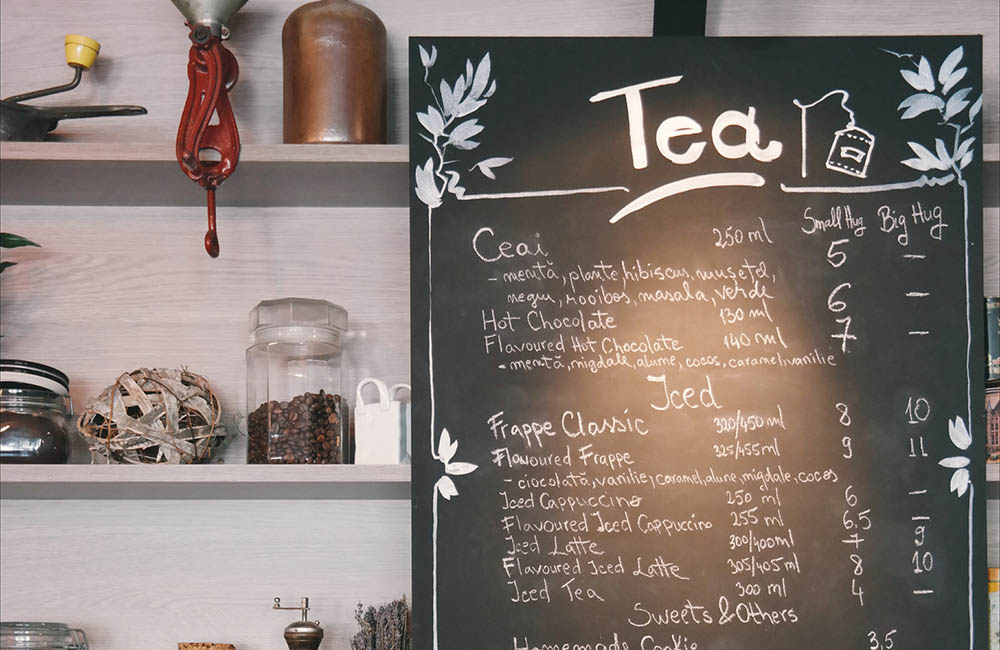At some point, every restaurant owner must make the difficult decision to raise menu prices. Whether it’s because of inflation, wage increases, food price increases or a combination of all three, pricing needs to be adjusted periodically to keep the restaurant up and running.
Menu pricing is both an art and a science.
But how do you know when to raise prices in a restaurant? What’s the best way to raise menu prices?

When to Raise Menu Prices
There are several factors that will come into play when determining when to raise prices in a restaurant. Consider the following before raising your prices:
Food Costs
Food costs fluctuate throughout the year, but certain events can cause bigger price spikes. For example, if oil and gas prices suddenly soar, you can expect food prices to rise dramatically. Tariffs may also raise the costs of certain food items, which may make some of your dishes more expensive to prepare.
As a general rule of thumb, restaurant owners aim for food costs to account for 33% of menu prices. Of course, this percentage may be higher or lower, depending on the type of establishment. A fine-dining restaurant may have a higher percentage, while a casual restaurant may have a lower percentage.
Run the numbers whenever food prices increase and periodically to ensure your costs are in line with your percentage goals.
Wage Increases
Your employees are the heart of your business. They prepare and serve the food, and they keep the restaurant clean and organized. Without them, you wouldn’t be able to keep your doors open.
As the cost of living increases, so must the wages you pay your workers. Wage increases will keep your valued employees around, but you must be able to cover these increased costs. Raising menu prices is the best way to do that.
Competitors
What are competitors charging? If diners are paying considerably more to eat at competing restaurants, it may be time to raise your prices. Customers are always looking for a good bargain, but if your prices are too low compared to the competition, they may assume that your food is poor quality.
Raising your prices to be more in line with the competition will increase your bottom line and put you in a better position to compete with other restaurants in your area.
Simply put, if you’re barely generating enough cash flow to get by, it’s probably a good time to raise prices. The key most important thing is to figure out how to do it without turning away customers.

How to Raise Menu Prices
You may have justifiable reasons to raise your menu prices, but how do you go about doing it? The goal is to figure out how to raise prices on the menu without scaring off customers.
Offer Seasonal Dishes
Want to know how to raise prices in a restaurant without giving customers sticker shock? Offer seasonal dishes.
Changing your menu periodically throughout the year allows you to adjust pricing without customers even realizing it. Next season, you can offer the same dishes at a higher price without shocking or turning off customers.
Plus, a changing menu will keep customers coming back to try new dishes.
Percentages
When raising prices, many restaurant owners go the percentage route. What is the percentage used to raise menu prices? Should restaurants raise all menu prices by the same percent? Can you raise all menu prices by the same percentages?
These are just a few of the many questions you may have when trying to determine how to raise your prices. Not all restaurants should raise their prices by the same percent, so it can be tricky to find that “sweet spot” that will work for your restaurant. If you raise your prices too high and too quickly, you risk losing business.
To find the right percentage, consider your food costs. Remember – you want your costs to be in the neighborhood of 30-35%. Additionally, you want to consider margins. Maybe your goal is to have a $9 profit on entrees. When you factor in food-cost margins, you can better price more expensive food items, like lobster.
With both of these factors in mind, you can make reasonable adjustments to your menu prices as food costs increase.
While you can raise all menu prices by the same percentage, it’s often better to evaluate each dish individually. Maybe a certain ingredient is more expensive now because import costs have increased. It may not make sense to raise all prices in this case.

How to Raise Prices on Your Menu Due to Wage Increase
As minimum wage increases in many parts of the country, restaurants are struggling to maintain staff and generate a profit. Many restaurant owners are choosing to raise menu prices to offset wage increases.
But what percentage should you raise menu prices in this case?
Some restaurant owners take a simpler approach and match labor costs with menu costs. If labor costs go up 2%, they raise menu prices by 2%. In 2016, the top 500 restaurant chains collectively raised their menu prices by 4.3%. This is one direct and effective strategy, but you can take a different approach if you’re worried about sticker shock.
Start by looking at transactional data to get a better understanding of your customers. Which items commonly sell together? How does demand change over time?
Once you have a better understanding of customer behavior, you can begin building margin over the long-term. Rather than raising all of your prices at once, you can do so thoughtfully and selectively. Again, transactional data is important here, as it will allow you to understand what customers are willing to pay for each item.
Rising food and labor costs will undoubtedly force you to raise menu prices at some point. How you approach the increase is important. Big restaurant chains have the luxury of being able to raise prices across the board, as their customer base is so large. But for smaller restaurants, taking a more strategic and thoughtful approach to price increases can help maintain profits and a loyal customer base.


